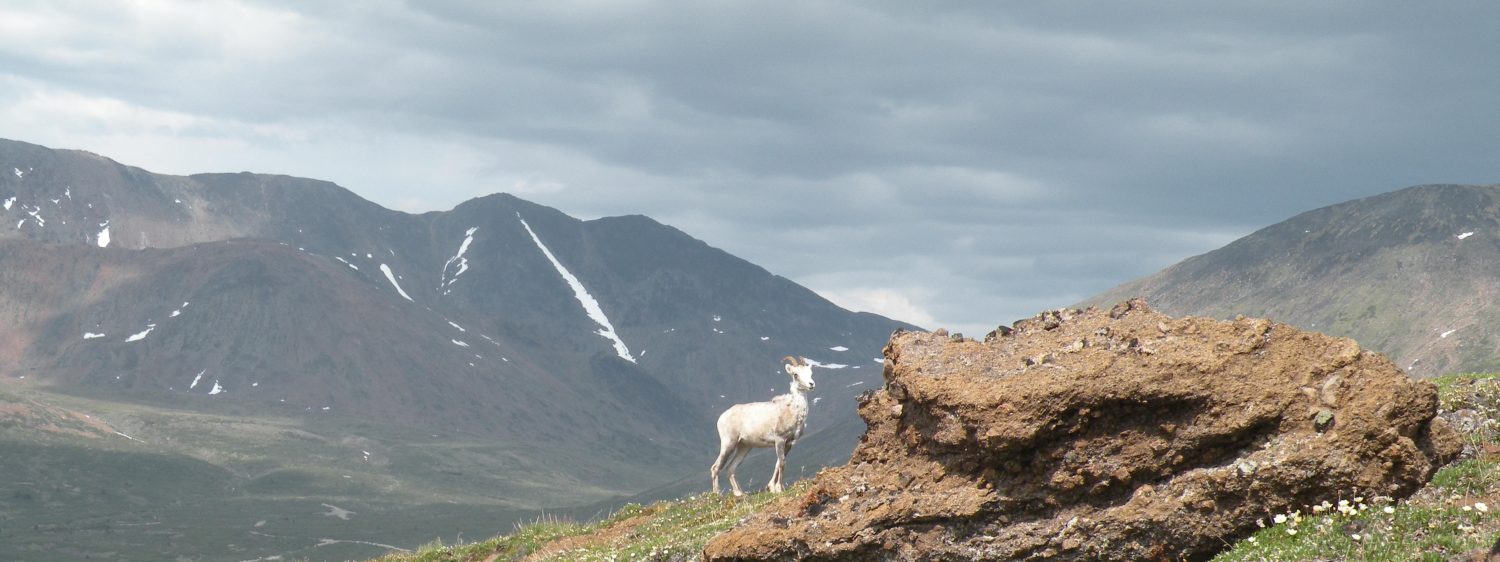Migratory Bird Active-Nest Surveys:
JBL has experience in conducting pre-clearing nest surveys using the Canadian Wildlife Service protocol for migratory bird active-nest surveys and the BC Develop with Care 2014 Environmental Guidelines. The nests of migratory birds are protected under the Canada Migratory Birds Convention Act and the BC Wildlife Act. It is an offence under these Acts to harass or kill birds, or to destroy or disturb active bird nests or eggs. If vegetation clearing is to occur within the migratory bird nesting window (i.e., March 15 – August 15 for Coastal BC), pre-clearing nest surveys will need to be completed:
- Surveys need to be conducted by a qualified professional up to three times within five days of clearing activity (depending on the number of trees / size of area).
- If nesting birds are found, a species-specific buffer zone (as per BC Develop with Care document) needs to be established around the nest site.
- The buffer area around the nest cannot be cleared until after the chicks have fledged.
Raptor Nest Surveys:
JBL has expertise in conducting raptor surveys and nest monitoring, and has developed management plans to guide mitigation strategies for raptors.
Raptor nests are protected under Section 34 of the BC Wildlife Act. This section prohibits a person from molesting, injuring or destroying (except as provided by regulation) individual birds, their nests, eggs or young. Nests of some raptor species are protected year-round, including Bald Eagle, Golden Eagle, Peregrine Falcon, Gyrfalcon, Burrowing Owl, and Osprey.
Land developers are expected to use due diligence to avoid or mitigate adverse environmental effects on raptors. Due diligence can be achieved by following the “2013 Guidelines for Raptor Conservation during Urban and Rural Land Development in BC” (a component of the BC 2014 Develop with Care guidelines). As part of these guidelines, nest buffer-zones have been established in urban and rural areas to reduce disturbance and protect the nest and surrounding habitat.

